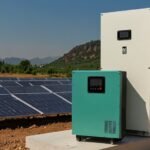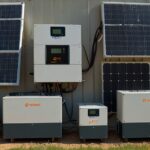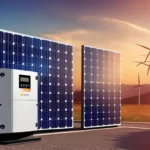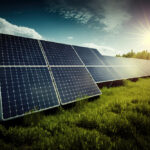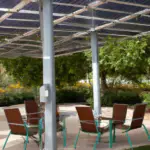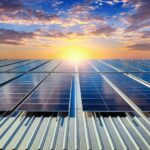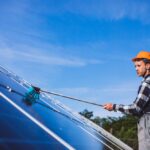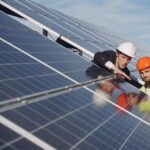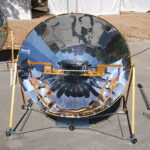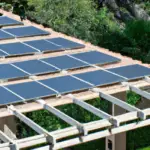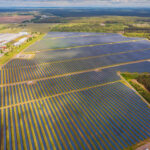Solar ovens are a fantastic way to cook food without using any electricity or gas. They use the sun’s power to heat up and cook food, making them an environmentally friendly and cost-effective alternative to traditional cooking methods. One of the most important aspects of a solar oven is its materials, which determine how efficient it is at capturing and retaining heat. In this blog post, we will explore the different solar oven materials and their properties.
Materials Required to Make a Solar Oven
In general, there are 4 basic types of materials required to make a solar oven at home. Let’s have a look at all of them.
Reflective Materials
Reflective materials are essential for solar ovens because they help to capture and focus sunlight onto the cooking area. The most common reflective material used in solar ovens is aluminum foil. It is inexpensive and easy to find, and it reflects up to 97% of the sunlight that hits it. This makes it an excellent choice for solar ovens.
Other reflective materials that can be used include mirrors, Mylar sheets, and reflective paint. However, these materials are more expensive and harder to find than aluminum foil.
Insulation Materials
Insulation materials are used to keep the heat inside the solar oven, so it is important to choose materials that are good at retaining heat. The most common insulation materials used in solar ovens are cardboard, foam, and fiberglass insulation.
Cardboard is a cheap and easy-to-find insulation material. It can be layered to create thicker insulation and is lightweight, making it ideal for portable solar ovens.
Foam insulation is a more durable and efficient insulation material. It is more expensive than cardboard but provides better insulation and can withstand high temperatures.
Fiberglass insulation is the most efficient insulation material for solar ovens. It is resistant to high temperatures, moisture, and pests, and can provide excellent insulation. However, it is also the most expensive insulation material.
Cooking Surfaces
The cooking surface of a solar oven should be dark and able to absorb heat to cook the food properly. The most common cooking surfaces used in solar ovens are black metal, black ceramic, and black enamel.
Black metal is an inexpensive and effective cooking surface. It can be easily shaped and formed to fit the solar oven, and it absorbs heat well.
Black ceramic is more expensive than black metal but provides better heat retention and distribution. It can also be used for baking, which makes it a versatile cooking surface.
Black enamel is the most expensive cooking surface but provides excellent heat retention and distribution. It is also easy to clean and maintain, making it a popular choice for solar ovens.
Sealing Materials
Sealing materials are used to keep the heat inside the solar oven and prevent air leaks. The most common sealing materials used in solar ovens are silicone caulk, high-temperature adhesive, and weather stripping.
Silicone caulk is a flexible sealing material that can withstand high temperatures. It is easy to apply and can be used to seal gaps and cracks in the solar oven.
The high-temperature adhesive is a strong adhesive that can withstand high temperatures. It is commonly used to seal the edges of the solar oven’s lid.
Weather stripping is a flexible material that can be used to seal the edges of the solar oven’s lid. It is easy to apply and can help to keep the heat inside the solar oven.
Conclusion
In conclusion, the materials used in solar ovens play a crucial role in their efficiency and effectiveness. Reflective materials, insulation materials, cooking surfaces, and sealing materials are all essential components of a solar oven. By choosing the right materials, you can create a solar oven that is both efficient and effective at cooking any recipe using only the power of the sun.


